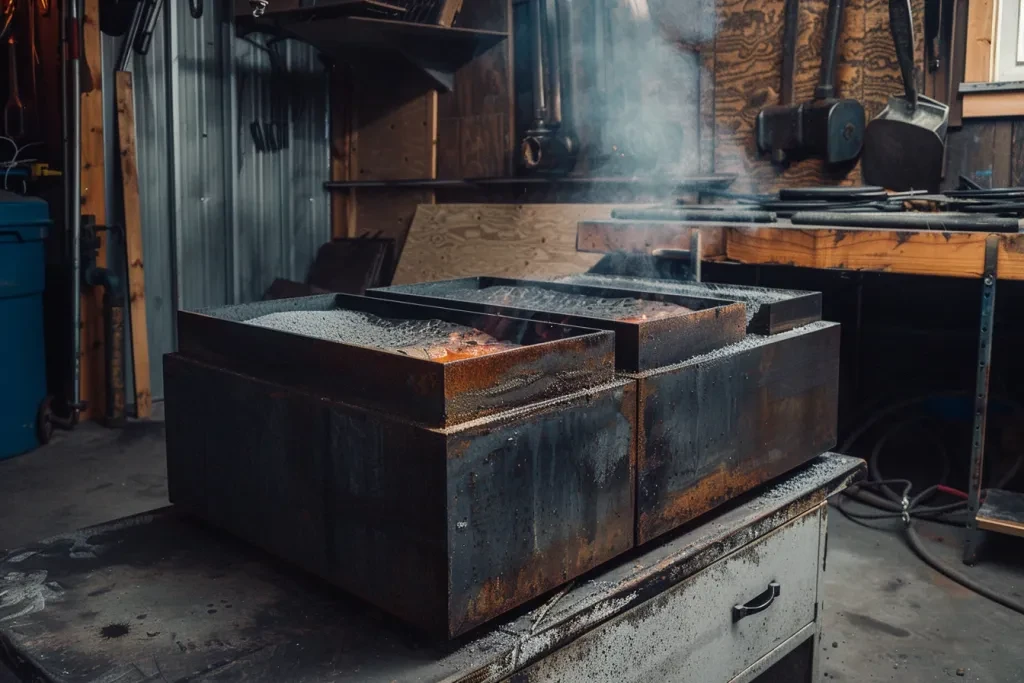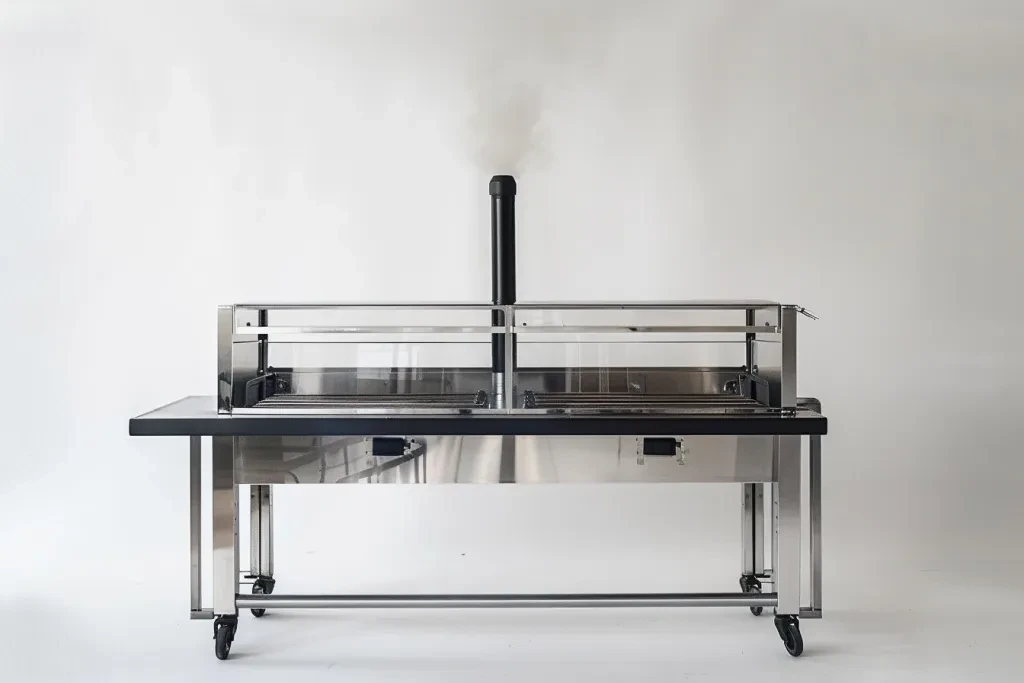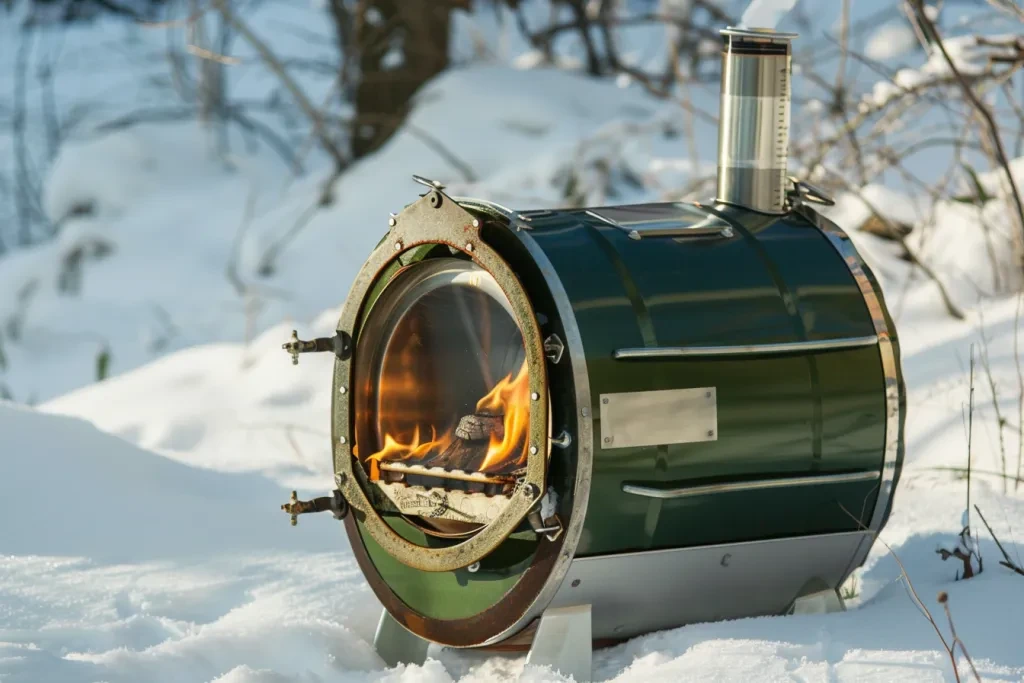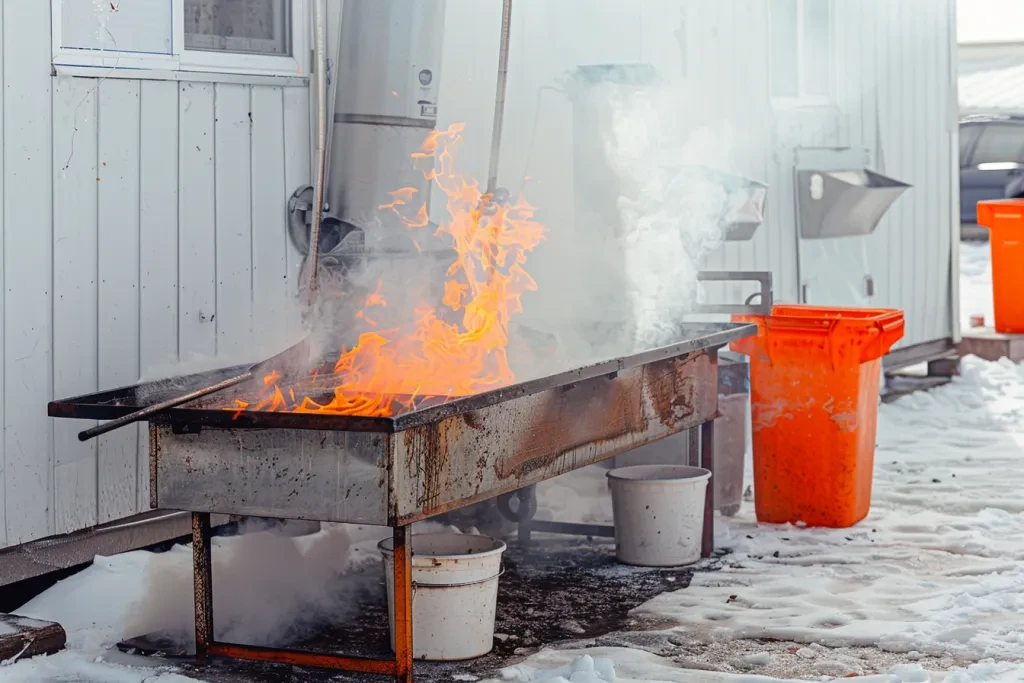Maple syrup producing is an ancient tradition that requires skill and equipment to gather and boil the sap to make it edible, so we can bring it into our homes. Maple syrup evaporators are the machines that perform the boiling down of the sap to make it into the sweet, sticky syrup we all love and crave. This article will explore in detail the essential aspects of maple syrup evaporators to help you understand what they are about, how they can be used, and how they should be maintained.
Table of Contents:
1. Understanding the basics of a maple syrup evaporator
2. Components and functionality of a maple syrup evaporator
3. Benefits of using a maple syrup evaporator
4. Maintenance and care for your evaporator
5. Advancements in evaporator technology
Understanding the basics of a maple syrup evaporator

Evaporators are boiling tanks used in maple syrup production. They treat sap that has been collected from a sugar maple tree.
A standard evaporator is a large, flat pan constructed over a firebox or a burner. The sap is poured in and heated until it has achieved the desired consistency. Depending on the concentration, it can take a long time, and the process of boiling is a physical one. Dialing in the right temperature and maintaining the correct amount of sap takes a high degree of attention. You don’t want it to burn or overcook but, on the other hand, it can’t come off the fire before it’s done. It all takes a lot of labour.
Efficiency in an evaporator is reflected in its capability to evenly and consistently raise sap temperature. The evaporator should also be designed to prevent high-temperature areas that can cook sap flavours and create off-flavours in syrup.
Components and functionality of a maple syrup evaporator

A maple syrup evaporator has several main components that work together performing a describng task. These are the firebox or burner, evaporator pan, and flue pan.
Windshield on the evaporator. By James Steele. Photo supplied by the author.The container holding the boiling sap is known as the fire box or burner. It is fuelled by either wood or oil (or propane, depending on the evaporator’s design and fuel sources). This part of the evaporator heats the sap to the boiling point.
An evaporator pan is where the sap is placed before the boiling process. It is made of stainless steel to make it durable and easily to clean. Its designed to maximise the surface area of the pan, ensuring ease in evaporating the water out of the sap.
The flue pan, sometimes made of iron, is a series of baffles or flues that the sap travels through, thus increasing the surface area of the evaporation process. This results in quicker heating of the sap, thus increasing evaporation rates. This is a critical component of the evaporator, greatly increasing efficiency and improving the final product.
Benefits of using a maple syrup evaporator

With the use of a maple syrup evaporator there are many advantages over actually boiling down your own syrup.One of the bigger advantages is the efficiency of it. Evaporators can hold a lot more sap at the one time than if you were just boiling down your own syrup.
One advantage is consistency. Modern evaporators are designed with regular thin-film flow and precise temperature control, which help achieve a uniform temperature and syrup. This is important for commercial producers who are expected to produce sugar of a given standard.
Evaporators are a good form of energy conservation: better modern models maximise the transfer of heat, while minimising the use of fuel, making them more environmentally friendly and also more economical in the long run.
Maintenance and care for your evaporator

Your maple syrup evaporator needs to be maintained properly or it won’t produce the expected results. Cleaning is one of the first steps in the maintenance of your equipment. It is recommended to clean the evaporator pan and flue pan after each use to remove all the localised breakdown products that may give a bitter taste to the next lot.
Checking the firebox or burner is also important, and you should remove ash and other obstructions. You can also look for wear or damage so that you can alert the people in charge of necessary repairs.
Annual servicing should involve a thorough inspection of all components, including seals and gaskets, for leaks. Regular servicing of the the evaporator will prolong its life and keep it running at maximum efficiency.
Advancements in evaporator technology

Moreover, contemporary maple syrup evaporators have many features that their ancestors lacked, including automatic temperature controls to manage the boiling process. These systems can modulate the heat as needed, enabling precise control of evaporation by automatically keeping the boil at the optimum speed.
Another innovation is to employ both reverse osmosis systems and evaporators together. The reverse osmosis system removes most of the water from the sap before it enters the evaporator. This reduces the amount of time and energy needed for evaporation.
Second, materials have been innovated for making more durable and efficient evaporator pans. Although stainless steel is still the material of choice, it has been enhanced through incremental changes to composition and design that improve thermal conductance and ease of cleaning.
Conclusion
Maple syrup evaporators are an essential part of any operation producing quality syrup. Learning about their basics, parts and functions will help you in your syrup production. Maintenance and staying apprised of technological improvements will help to keep your equipment in working order and provide the best results you can get from your evaporator, year after year.



